OnePlus X review: the most affordable OnePlus ever
A low-cost phone with the build of a much more expensive one
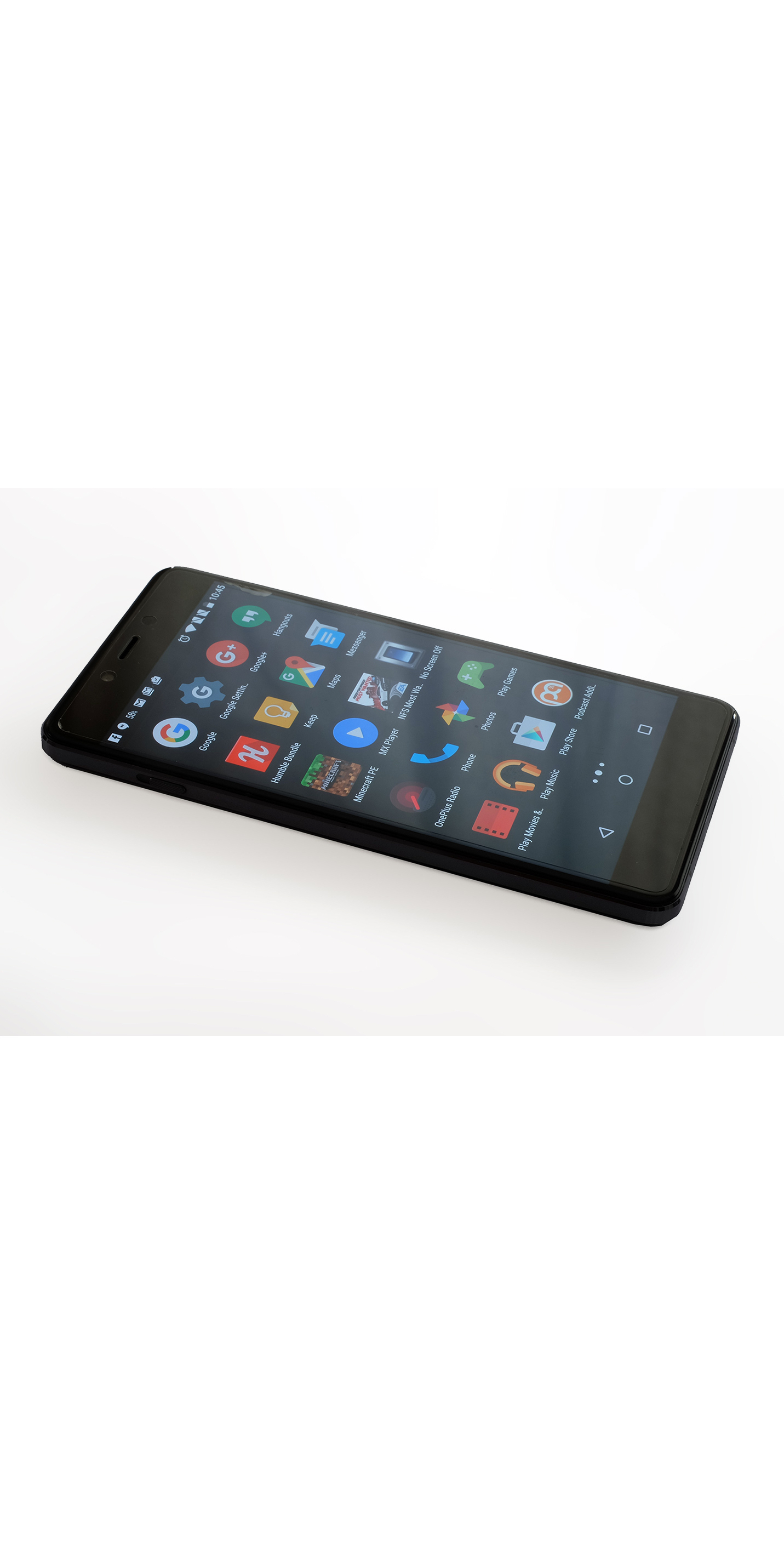

A budget phone in flagship clothing
-
+
High-quality build; Expandable storage; Elegant second SIM/micro SD tray; Low price
-
-
Poor low-light photography; No NFC, fingerprint reader or Wi-Fi 802.11ac

Thanks to some incredibly savvy marketing tactics, Chinese firm OnePlus has risen to become a major smartphone player in just two years.
Its main attraction is that it offers flagship-grade devices for around half the price of similarly-specced phones from major manufacturers.
The only catch is that new devices are available to purchase on an invite-only basis, or via occasional flash sales, lending the phones an air of exclusivity.
The OnePlus X, like the OnePlus 1 and OnePlus 2 before it, has now gone onto general sale, after being out for a substantial period.
However, while it's no longer quite as exclusive, it's just as attractive and just as cheap - in fact, at just 159 excluding VAT, it's the most affordable OnePlus handset to date.
Appearance and Build Quality
OnePlus has taken a different approach with the X compared to the two phones that preceded it. A focus on sheer specifications has been shifted to somewhat shallower concerns. The build of the OnePlus X is a key draw this time around.
The OnePlus X's back and front are glass, the sides finely ridged metal. These layers are sandwiched together in unibody fashion, making a frame just 6.9 thick. The metal sides are beveled, the glass's edges softened with a curve to take all the severity out of these potentially hard-feeling surfaces.
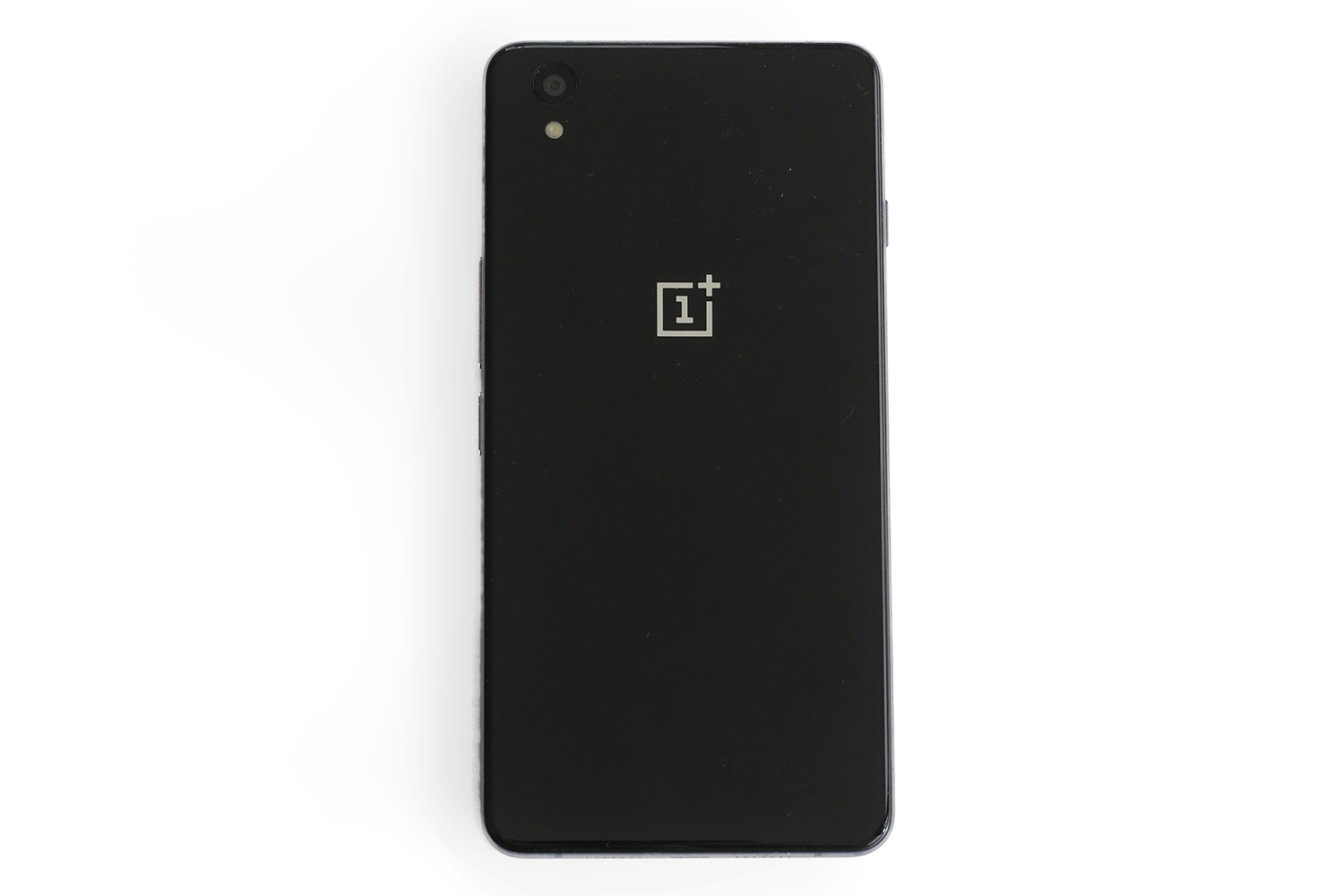
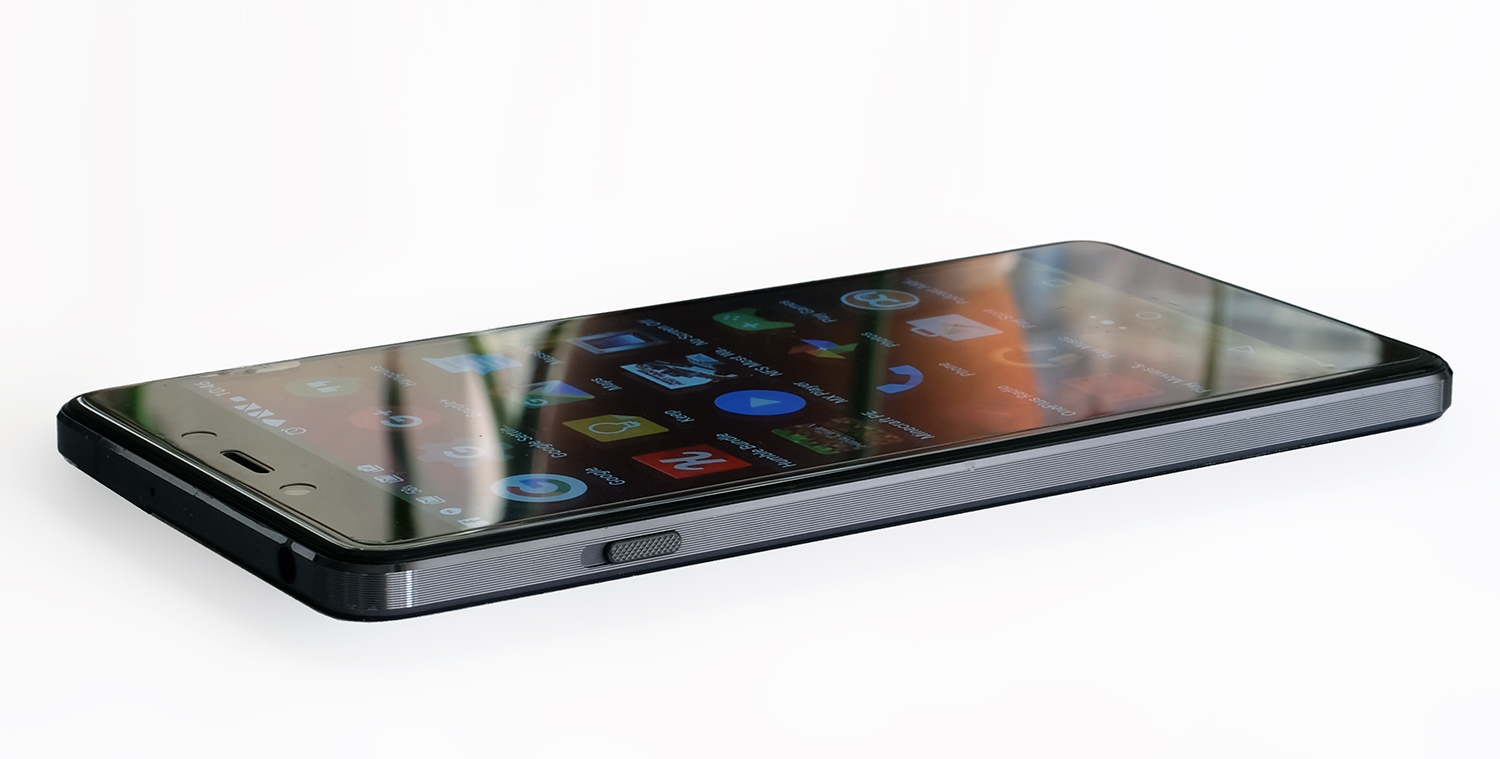
Phones this affordable are rarely made of such conspicuously expensive-feeling materials. The result is a phone that feels much more luxurious than any other sub-200 mobile. OnePlus also makes an allegedly more durable ceramic version, but it's even harder to get hold of and not really worth the 80 premium.
Its shape is also very accessible. The 5in OnePlus X is a lot smaller than the 5.5in OnePlus 2, fitting more easily into smaller hands. Its one hardware issue is that the hardware soft keys do not light up and are thus incredibly subtle. You can switch to software keys if you prefer, but light-up hardware ones would have been preferable.
Connections
In order to achieve this high-end feel at 199, OnePlus has omitted some of the features that appeared in the forward-looking OnePlus 2. Rather than a USB-C socket, the OnePlus X has a regular microUSB one. There's no 802.11ac Wi-Fi, NFC or fingerprint scanner either.
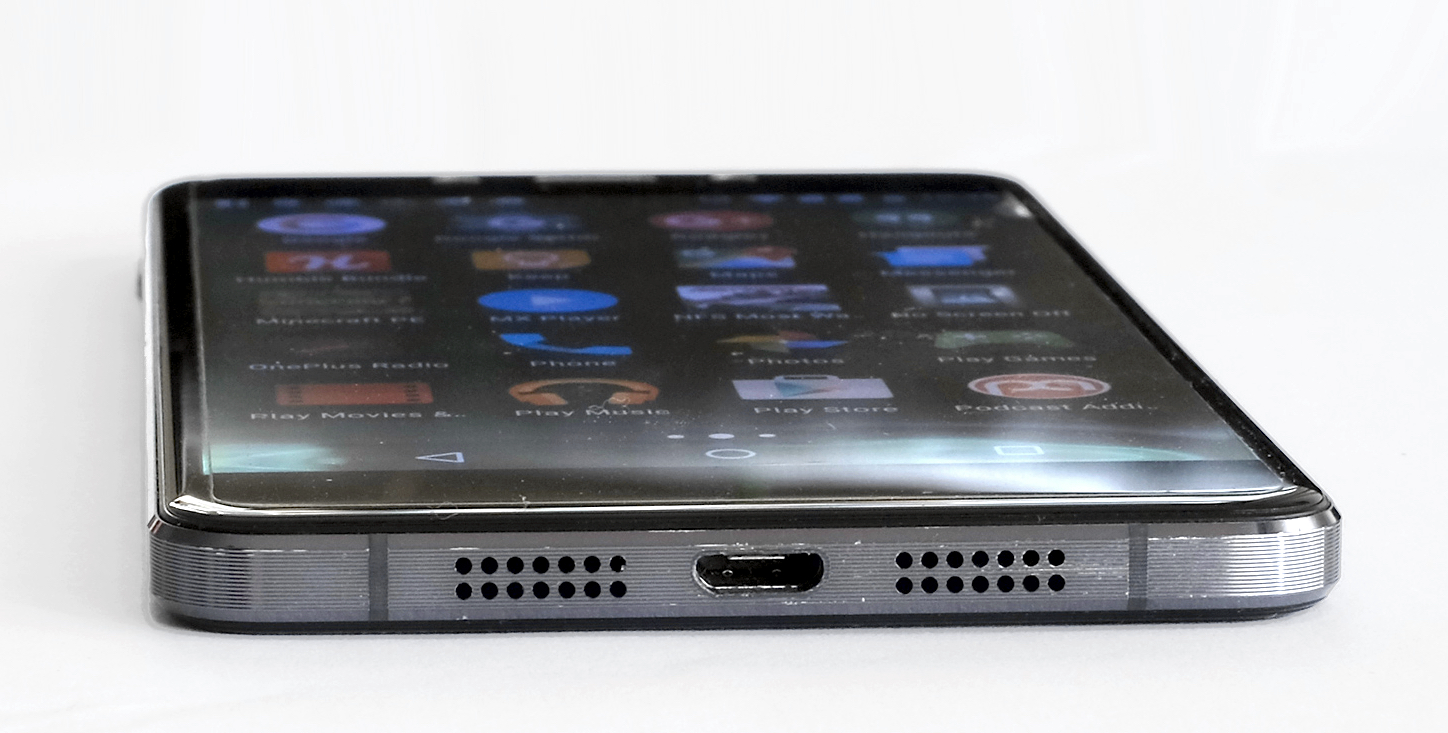
The OnePlus X does have a microSD card slot which is essential given the 16GB of built-in storage, though. When not in use, the memory card slot can double as s secondary SIM slot too, letting it take on dual roles as a work and personal device.
The one other notable hardware extra is the silent mode switch on the side. It's a three-way switch that turns off all but priority notifications, or every kind of alert. Useful for the cinema and meetings alike, it can be a little easy to flick on accidentally though.
Performance
Numerous mid-range phones have taken to using Qualcomm's latest eight-core 615 and 617 processors (the Samsung Galaxy A7 and Sony Xperia M4 Aqua are just two prominent examples) but the OnePlus X uses the much older Snapdragon 801. This was used in lots of high-end phones released in 2014, including the Samsung Galaxy S5.
It's a quad-core 2.3GHz processor that scores somewhat similar results to today's mid-range chipsets. The basic difference is simple: the OnePlus X has fewer cores, but they are more powerful while the Snapdragon 615 has more but less powerful cores.
That is why their scores are somewhat similar. However, their abilities are not equal. The 801's Adreno 330 GPU is far more powerful than the Adreno 405 of the latest mid-range Snapdragon chipsets. In our 3D graphics tests, the Adreno 330 was almost two times faster than the Adreno 405. This graphics boost outweighs the fact that the Snapdragon 801 is not a 64-bit CPU like virtually all new smartphone SoCs, but just a 32-bit one.
The OnePlus X is an excellent day-to-day performer, with very little lag and enough GPU power to handle Android's most demanding apps and games with ease.
Software
This phone doesn't use Google's stock version of Android Lollipop, but has the OnePlus Oxygen UI on top. This is designed to look and feel much like generic Android, but offers far greater customisation. For example, Oxygen UI lets you choose how many app icons to squeeze on-screen, the character of the system's icons and other aesthetic elements.
On a more contentious note, it introduces Shelf. This is a custom home screen that sits where the Google Now page lives on vanilla Android, featuring large widgets that hold 'favourite apps', 'favourite contacts' and the weather. They're all populated and maintained automatically based on your usage, but Shelf is only worth using on a poorly-organised phone.
One of the most dramatic customisations of the OnePlus X Oxygen UI is the ability to switch from Android's default 'light' theme to a dark one. Some people will find the white-on-black text easier to read.
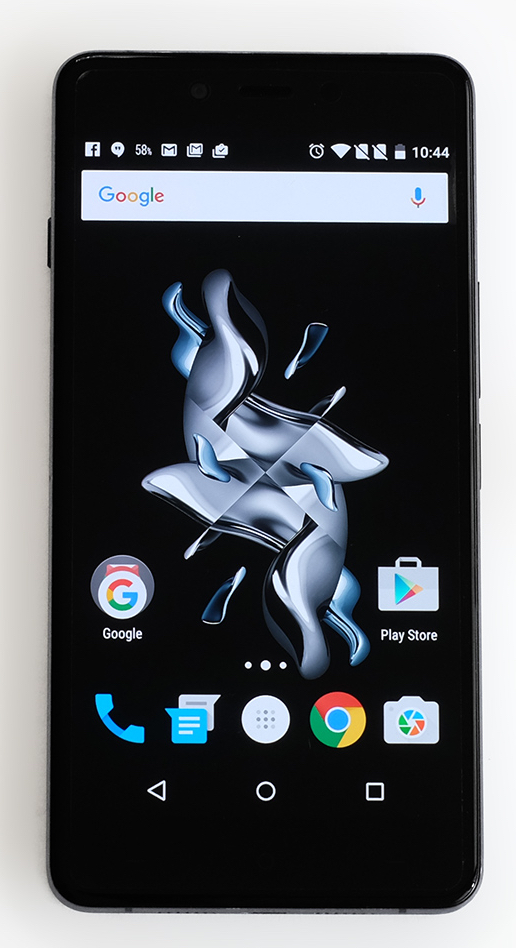
Screen and Battery LIfe
This is particularly useful for the OnePlus X, as it has a 5in AMOLED display rather than an LCD one. The way an AMOLED screen works means that it uses less power when more of the screen is black or at least very dark.
Thanks to this efficiency boost, the OnePlus X's battery life was surprisingly good. The battery lasted eight hours and 15 minutes when used for web browsing over Wi-Fi. It lasted 14 hours when playing back video. That compares very well to the similarly priced Moto G (2015), lasting two hours longer in the video test despite having a 1080p display rather than the 720p screen of the Moto G.n everyday use the OnePlus X will last for around 30 hours comfortably. Fast charging is missing, though.
As with many OLED phones, colours are somewhat oversaturated, and there's no option to tone them down. This is emphasised by the adaptive brightness setting's tendency to make the screen far brighter than is necessary when indoors.
An with any good modern OLED panel, though, the contrast is terrific. You won't find a punchier-looking screen for 200, and at five inches the 1080p resolution appears very sharp even with a PenTile sub-pixel arrangement.
Camera
The OnePlus X has a 13-megapixel rear camera with an f/2.2 lens and single-LED flash. However, it lacks the laser focusing and optical image stabilisation of the OnePlus 2.
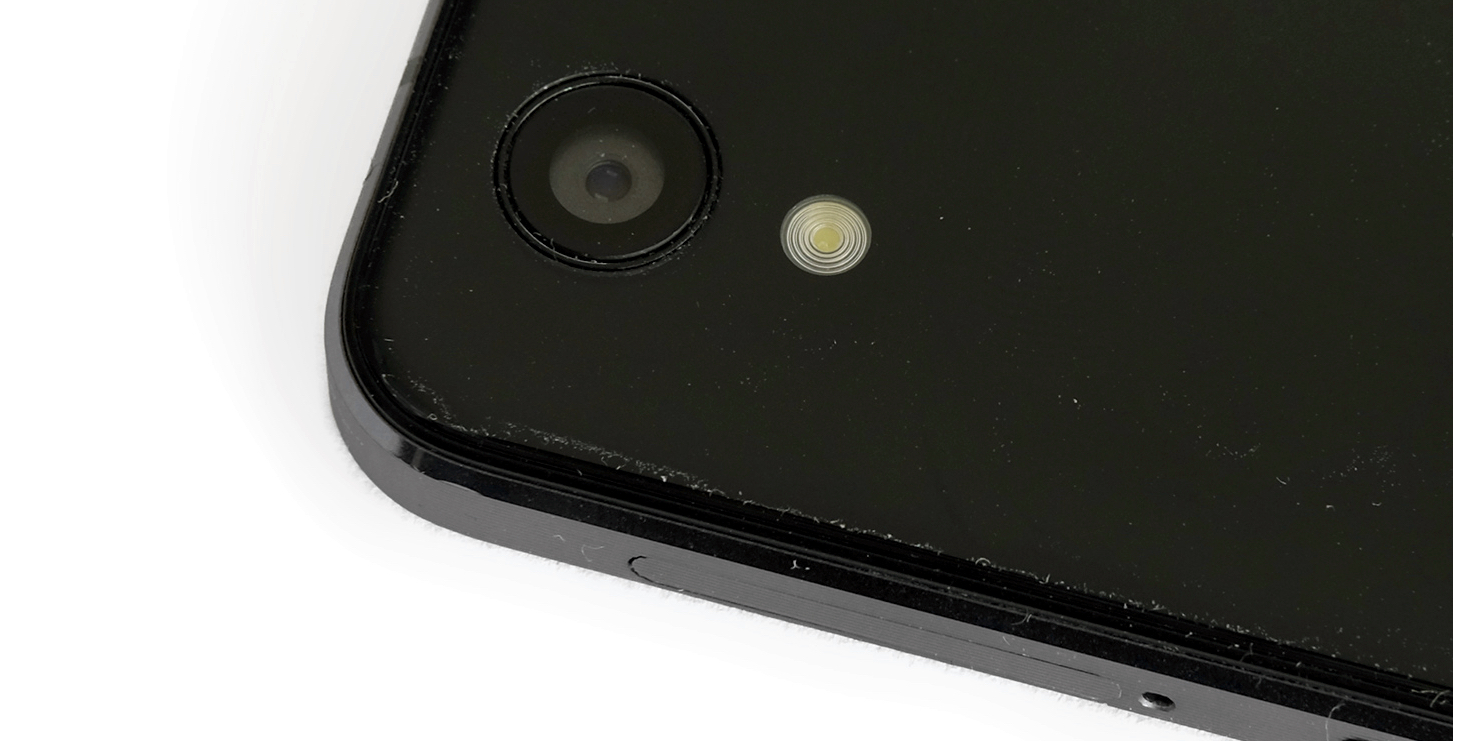
The focusing aid is not a great loss as the OnePlus X camera feels fast, far more so than the OnePlus 2 did before it received a recent shutter lag-decreasing update. However, the lack of optical stabilisation is a shame, impairing the solid low-light performance of the OnePlus 2.
In order to make the image appear clear in low-light, the OnePlus X readily uses high ISO sensitivities. While from a distance night-time images appear clear, close-up they are fuzzy and lacking in any fine detail.
Photos taken in brighter lighting are perfectly good though, able to compete with the better mid-range phone cameras such as the third-generation Moto G. Keen photographers on a budget are better off spending a little more on the OnePlus 2, though.
Conclusions
The OnePlus X is a good-value phone, one whose high-quality build and performance outclasses virtually all other phones at this price.
Its key problems is that it trades away much of the camera finesse of the OnePlus 2, and has a slightly problematic display in places. These flaws would be easier to live with if the OnePlus X was even cheaper.
If camera and screen quality are paramount then the 16GB OnePlus 2 is a better buy as it only costs 40 extra. This comes at the cost of no expandable storage though and an arguably less stylish casing.
It's annoying that you have to pick and choose this way, rather than getting a phone that has everything but then compromises have to be made at such low prices. A balanced alternative would be the third generation Moto G. Although arguably not as stylish and certainly not as fast, it does have lengthy battery life, a respectable camera and waterproofing too.
This review was originally published on 11/01/2016 and has since been updated (most recently on 17/02/2016)
Verdict
A budget phone in flagship clothing
Processor: Quad-core 2.3GHz Qualcomm Snapdragon 801
Screen Size: 5in
Screen resolution: 1,920x1,080
Rear camera: 13 megapixels
Storage: 16GB (11.4GB)
Wireless data: 3G, 4G
Size: 140x69x6.9mm
Weight: 138g
Operating system: Android 5.1.1 (with Oxygen OS)
Get the ITPro daily newsletter
Sign up today and you will receive a free copy of our Future Focus 2025 report - the leading guidance on AI, cybersecurity and other IT challenges as per 700+ senior executives
-
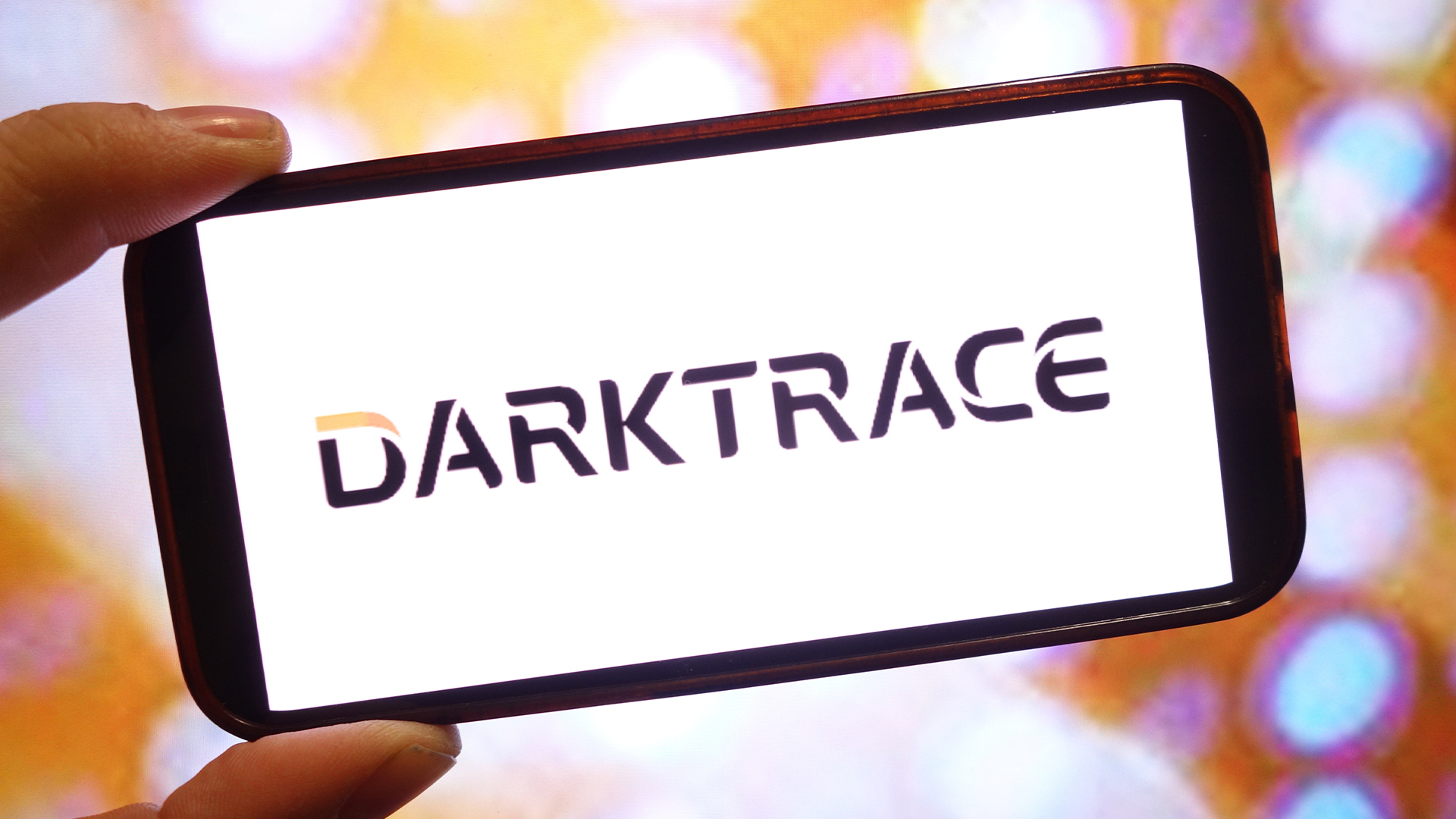 Darktrace unveils tailored AI models with a twist for its cybersecurity agent
Darktrace unveils tailored AI models with a twist for its cybersecurity agentNews Darktrace has announced new AI models for its agentic AI security tool, but it's taken a novel approach to tackle hallucinations.
By Rory Bathgate Published
-
 This tech company wants to pay staff to look after their mental and physical wellbeing
This tech company wants to pay staff to look after their mental and physical wellbeingNews Hot on the heels of its four-day week trial, tech company Thrive is offering staff new incentives to take care of their mental and physical wellbeing.
By Ross Kelly Published
-
 Hacked law firm 'didn't think it was a data breach' – the ICO disagreed
Hacked law firm 'didn't think it was a data breach' – the ICO disagreedNews The ICO has fined DPP Law for failing to report an attack that saw confidential information released on the dark web
By Emma Woollacott Published